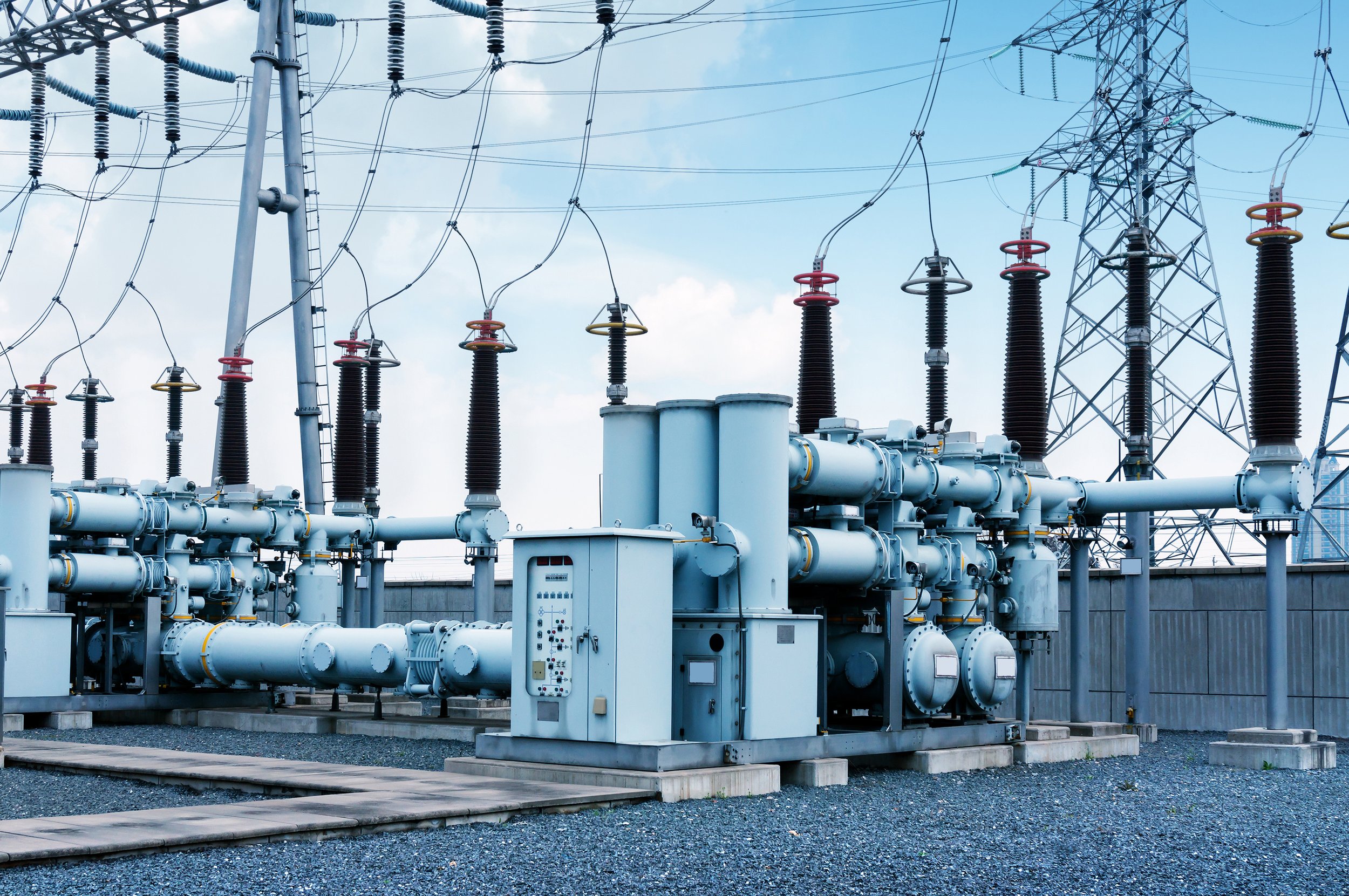Major Energy Election Commitments
Our Insights
Given the 2022 Federal election is just around the corner, with most candidates’ election commitments now announced, we thought it timely to go through the emissions reduction targets of a selection of parties (and candidates) and examine what their big ticket energy policies might mean for the future emissions intensity of energy systems in Australia, and what this may mean for state funding into the future.
Liberal party
The incumbent Liberal Party is taking the headline ‘Lower Power Prices’ to the 2022 Election, with various previous policy initiatives – transmission funding, natural gas, Snowy 2.0 – called out by the Government in evidence of movement in the right direction.
The Liberal’s emissions reduction target to meet net zero by 2050 continues to be based upon the technology-driven Long Term Emissions Reduction Plan released in 2021, although no commitments to any National Determined Contributions (NDCs) have been given in the leadup to COP27. The endorsed emissions reduction scenario - The Plan Scenario - contemplates the electricity sector decarbonising by just over 90% on 2005 levels by 2050, and contributing just under half of the gross emission reductions required across all sectors to meet the 2050 net zero target. The Long Term Emissions Reduction Plan identifies that under such emissions constraints, renewable sources of generation would provide 85% of total generation in Australia by 2050.
The main new announcement for the energy sector made by the Liberal party post the calling of the election has been the commitment to the roll out of hydrogen hubs and to invest in carbon capture and storage consistent with the Government’s existing Technology Roadmap and the National Hydrogen Strategy. This includes a re-election commitment of up to $118.35 million for various hydrogen-based initiatives in Gladstone, Queensland, up to $70 million to establish a clean hydrogen hub in Townsville, and up to $90 million in carbon capture technology.
Whether these proposed feeder investments by the Government (and the broader investment strategy of the Technology Roadmap) will bear fruit is yet to be seen. The commerciality, and pace of scale, of hydrogen production will be determining factors as to whether investments made in hydrogen now will ever have any substantial impact on Australia’s energy system, or state and Federal coffers in the future.
The impact of large scale of hydrogen production on Australia’s east coast may have – if the Australian Energy Market Operator’s draft 2022 Integrated System Plan (ISP) modelling is correct- massive impacts on both electricity and (depending on substitutability) gas use. Impacts may include aggressive renewable generation and transmission development as load increases, and accelerated coal retirements as revenue for incumbents falls away – both of these consequentially lowering emissions intensity. It is important to remember that the ISP is not a commercial model, and does not take into account the physical feasibility of such a level of construction in Australia, or financeability of such arrangements. It also ignores the difficult question of the current commerciality of hydrogen.
On balance, given the Liberal’s policy proposition doesn’t make significant changes to pre-existing market arrangements or impose additional targets (emissions or otherwise) in the energy space, there is unlikely to be a significant direct bump to energy sector decarbonisation as compared to business as usual in the short term. Were the Coalition to retain power, States not benefiting from this announced funding may have to rely on further creation (or expansion) of Bilateral Energy and Emissions Reduction Agreements (aligned with existing Federal Government policy) to secure Federal funding for state-based emissions and energy policies.
Labor party
Labor has based its policy platform on similar ground to the Liberal position, vowing to, ‘create jobs, and cut power bills’ while also emphasising a bolstering of emissions reductions by boosting renewable generation under the auspices of the ‘Powering Australia’ policy.
The policy provides some detail, and highlights a number of initiatives that, among other things, are designed to reduce emissions by 43% by 2030 (as compared to 2005 levels), and to net-zero by 2050. This is achieved by targeted funding, but also via a reduction to existing emissions baselines for those facilities caught under the existing Safeguard Mechanism. Labor has also committed to updating Australia’s NDCs, consistent with the increased commitments.
For the Electricity Sector, no renewable generation target is outlined in the ‘Powering Australia’ policy. The big-ticket funding commitment for the sector is a similar transmission policy as taken to the last election - the Rewiring the Nation initiative. This consists of a major upgrade to the ‘grid’ valued at $20 Billion so the network can ‘handle more renewable power’.
The focus of the Rewiring Nation policy appears to be at the transmission level (but may not prohibit distribution level funding) and looks to be aimed at accelerating or at least financing the transmission projects identified by the Australian Energy Market Operator’s ISP. The policy identifies that a new government entity, the Rewiring Nation Corporation (RNC), will be involved in direct funding of transmission projects at discounted rates, on the requirement that projects use local labour and products.
If the transmission buildout is conducted in line with the ‘blueprint completed by the Australian Energy Market Operator’ as suggested, then it will not result in the bring-forward of projects, but rather it may influence the way that the projects are financed, thus potentially reducing the transmission costs passed through to consumers.
How such a policy would interact with state-based developments – particularly renewable energy zones (REZ) – is unclear as States have already begun to move quickly down the road to mass renewables and the role of the Federal Government in the future grid will need to be re-established boldly by an incoming Labor Government. If a state policy brings forward an ISP augmentation – as was the case with the Central West Orana REZ in NSW – there is a question whether the low-cost finance would be available to fund such developments. With NSW, Queensland and Victoria all in the process of rolling out bespoke transmission arrangements to incentivise renewable generation in their respective states through REZs, there is a question as to how a lower cost finance arrangement would interact with the regulated returns currently available to incumbent transmission network service providers. Contestable transmission delivery of zone transmission assets – as is the case in NSW – may deal with some of these issues.
Overall, it would be fair to say that the Labor policy promises more in the climate change space, and provides more detail in the energy space than current Government policy. The reality of business however is that unless there is bring forward of the transmission projects over and above the timing flagged in the ISP (which carries its own risks), there may be little benefit from a decarbonisation perspective as compared to a business as usual. But, for ISP projects that are borderline (e.g., staged ISP projects) this may be the shot in the arm they need to get delivery certainty, along with the connection availability benefits for renewable developers.
The Greens
By far and away the Greens have the most aggressive emissions reductions policies and renewable capacity targets of the parties and independents surveyed.
Their core policy ‘Powering Past Coal and Gas’ identifies a net-zero emissions target by 2035, with the electricity sector becoming net zero by 2030, and a renewables capacity of 700% (long term goal - date not suppled). The key elements of this proposal appear to be heavily based upon AEMO’s Hydrogen Superpower Scenario from the Draft 2022 ISP, with delivery of projects relying to some degree on a re-tasking of Snowy Hydro to ‘Clean Energy Australia’ to develop 25 gigawatts of renewable energy and storage (wind, solar, battery, and off-river hydro) via $40 billion in finance. The massive amount of transmission required by the plan would be developed by way of a ‘FutureGrid fund’ of $25 billion to develop ‘publicly owned’ transmission infrastructure. While the commitment to net zero is in line with IPCC report observations to keep warming within tolerable levels, we have doubts as to the realism of the hydrogen scenario; the shut down implications for coal fired generation are potentially unachievable and the economics of hydrogen unlikely to be investible to the degree forecast.
The need for such aggressive generation and transmission development in Australia relies heavily on finding significant demand to enable a commercially viable ‘overbuild’ of renewable generation (e.g. 700%) to meet residential demand at most times. If the logically source of load – hydrogen production – is not required, the use for such an overbuild would be limited. It goes without saying that development of the scale contemplated by the Greens’ policy would (by design) significantly reduce the emissions intensity of the energy sector. From states’ perspectives, were hydrogen production to become prioritised, it may draw energy investment away from areas without sufficient export capability and create a story of two towns much as the mining boom in the 2000s did.
Select Independents
We’ve canvassed a limited group of independents who have policies linked to more aggressive emissions reduction targets and accelerated uptake of utility and residential renewables. The surveyed independents are Zali Steggall (Warringah, NSW); Monique Ryan (Kooyong, Victoria); Kate Chaney (Curtin, Western Australia); Deb Leonard (Monash, Victoria); Claire Ferres Miles (Casey, Victoria).
As noted, all candidates are standing on a more aggressive emissions reduction target, with the majority explicitly throwing their prospective support behind the bill proposed by Zali Steggall in the previous Federal Parliament (the Climate Change Bill) that would legislate a requirement to achieve net zero by 2050. In the medium term, candidates prescribe a reduction in emissions between 50% and 74% by 2030 as compared to 2005 levels.
An accelerated update of renewable capacity was also committed to by most candidates, with Zali Stegal committing to advocate the most aggressive target of 80% by 2030. The policy position put forth by Zali Steggal also advocates; the scrapping of the Energy Security Board led reforms to introduce a capacity mechanism; and federal financing for Renewable Energy Zones, and a ‘Future Transmission Fund’ to support deployment of transmission infrastructure.
A legislated requirement to meet the 2050 net zero target (and intermediate targets) begs the question of how this is achieved. Carbon credit trading based on a downward sloping emission cap is probably the most likely option in terms of certainty – with obvious emissions reduction implications. Accelerated funding of transmission – whether interconnectors or REZs provides an obvious further opportunity for renewable developers as it provides further development potential – and (if a trading scheme is introduced) the ability to generate carbon credits, while also obtaining revenue through energy markets. With states already rolling out REZs, the chance to pass transmission costs that may have otherwise been borne by state consumers onto taxpayers is likely to be welcomed.
For more information, contact Simone Rennie at srennie@renniepartners.com.au




